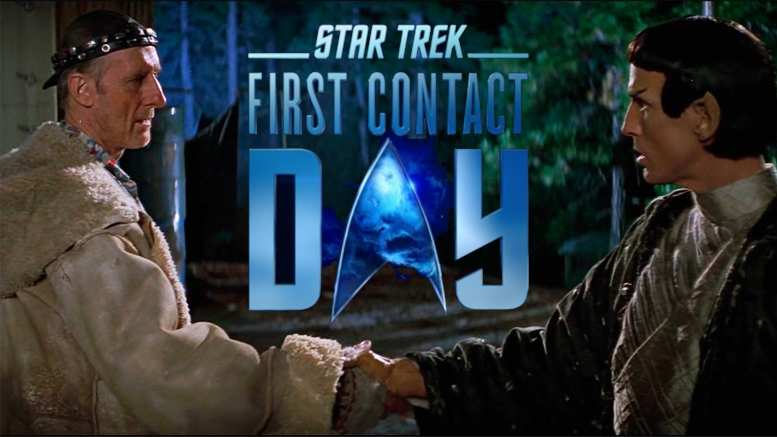It made me smile thinking of how amazing it must have felt for Celia to say the lines about the inspiration from a TV show (i.e. "The Last Frontier"... meaning, Star Trek), considering how much of an inspiration Nichelle's Uhura was for her (Celia) and her career.
I watched this the other day and loved it. (Also, I have all of the Klingon books mentioned in this video.)
It's also possible that "Nova Squadron" is just one of many (as Value Subtracted mentions herein) and that there are many other Nova Squadrons without any issues in the intermittent years between the incidents. It's possible that, like most things in the Star Trek universe, we only see the times when something interesting/dramatic occurs, not the boring day-to-day.
Said another way, just because you periodically have a rowdy graduating class from primary/secondary education, doesn't mean you stop having graduating students.
I would think that any object (including the ship) is traveling at a sub-light speed within the warp bubble and therefore would only keep that same velocity when (catastrophically) exiting the warp bubble. Unless by exiting the warp bubble in an uncontrolled manner creates some other force which slows the object somehow.
My understanding is that the warp bubble is moving space around the object (including the ship) rather than accelerating the object to FTL (faster-than-light) speeds, thus we really only have to consider the relative velocities within the warp bubble.
Edit to add: Oh, also, I should add that (IMO) the object cannot continue to travel at FTL speed since it has no warp drive of its own to maintain the warp field.
I second many of your points. And, also...
"the purple D"
Had me immediately thinking, "Well, STO vanity shields are canon now, I guess."
How about we carve a Spock or Picard or Mariner or really anyone else who isn't a genocidal dictator? Hmm? Maybe?
No? Perhaps my dream for Star Trek has too much hope for humanity's future? Not enough grit, tears, and flashy booms?
Groundhog Day
Source, please?
Hear, hear!!
I realize I'm not adding much value by saying this, but... I still wanted to support this with a comment and not just an upvote.
This is beautiful! I love data and I'm delighted you were inspired by my post to gather the data.
Thank you for doing this!
I don't think you need to watch Discovery to enjoy Strange New Worlds. There might be a few things established in the lore/backstory from Discovery, but any "confusion" from those references will quickly dissipate. SNW makes it easy to see it as a distinct show in a new/expanded telling of a known crew/time.
I will add that there will be stylistic choices in the production that will take a little getting used to, but remember that just about every Star Trek show has done this. Enjoy the story!
